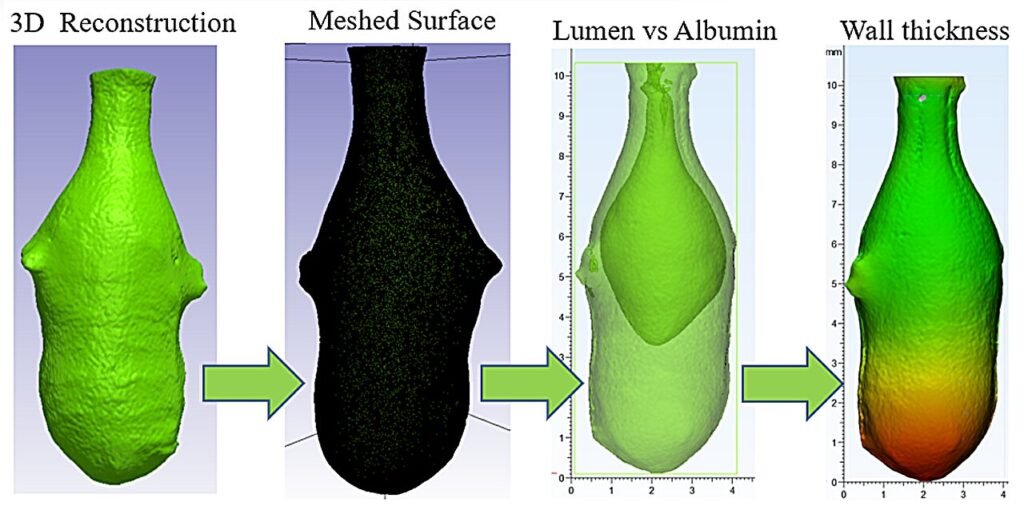Bladder Function Unveiled: The Truth Behind Bladder Filling
The bladder, often overlooked and underexplored, has recently been the focus of groundbreaking research conducted by a collaborative team from the University of Pittsburgh and University of Sheffield. Led by mechanical engineering and materials science experts Fatemeh Azari and Anne Robertson, this team has unveiled the secrets of bladder function by developing the first digital twin of the bladder.
Contrary to the traditional belief that bladders fill up like simple balloons, the team’s findings published in Scientific Reports reveal a more complex process. Through high-resolution micro-CT and multiphoton imaging, the researchers discovered that the bladder has large inner folds that expand and retract to accommodate changes in volume and pressure. These folds, about ten times larger than previously thought, play a crucial role in the bladder’s flexibility and ability to fill with urine at low pressure.
The study, titled “Elucidating the high compliance mechanism by which the urinary bladder fills under low pressures,” sheds light on the intricate mechanisms behind bladder filling. By analyzing the bladder’s structure and function in a rat model, the team observed that the bladder filling occurs in two distinct phases. The first phase involves a large increase in volume with minimal pressure change, followed by a high-pressure phase where pressure rises sharply as the bladder continues to fill.
These findings have significant implications for understanding urological conditions such as bladder outlet obstruction (BOO), a common disorder in aging men. By creating a digital twin model of the BOO bladder, the researchers aim to identify personalized treatment strategies for conditions like BOO and bladder cancer. This innovative approach could revolutionize treatment methods and improve outcomes for patients with bladder-related issues.
In conclusion, the team’s research represents a major breakthrough in the field of biomechanics and urology. By unveiling the truth behind bladder function, they have opened up new possibilities for understanding and treating bladder disorders. This study not only provides valuable insights into the mechanics of bladder filling but also paves the way for personalized and effective treatment options in the future.


